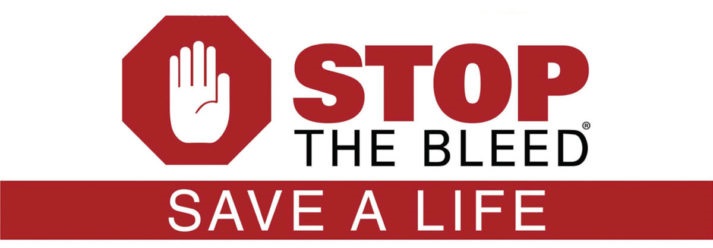Public Health Emergency Preparedness (PHEP)
Public Health Emergency Preparedness (PHEP) is a federal program through the CDC that is tasked with planning and preparing for public health emergencies. Funding is used to build and strengthen our abilities to effectively respond to a range of public health threats, including infectious diseases, natural disasters, and biological, chemical, nuclear, and radiological events.
The Waco-McLennan County Public Health District works in conjunction with various entities, including the Waco-McLennan County Office of Emergency Management, local hospitals, and local first responders to plan for the collaborative response to emergencies in our community. Pre-planning for emergency response is imperative, as planning saves time in getting operations under way, and helps to ensure essential activities are carried out efficiently.
The McLennan County All-Hazards Plan outlines which agencies perform specific functions in order to facilitate the integrated response of many partners.
Are You Ready for an Emergency?
Emergencies in McLennan County can take many forms – from extreme heat, and severe weather to potential flooding and disease outbreaks. These events could cause health consequences. Some public health events may impact our access to safe drinking water, food, and cause infectious diseases to spread more easily. Now is a good time to prepare for any type of emergency that may occur. Follow these easy steps to get ready!
Stay Informed
Visit www.HOTready.com, an automated emergency alert system for McLennan County, and sign up to receive severe weather and emergency alerts so you can be notified when disaster strikes.
Learn about the potential emergencies that can affect where you live and the appropriate ways to respond to them at www.HOTready.com. From severe weather, to mass violence incidents and pandemic outbreaks, when you know what to do, you can plan with your household and prepare in advance to be ready.
Build A Kit
We strongly encourage everyone to take steps towards personal preparedness for yourself and your family. In the event of a disaster, it may take some time for first responders to arrive with assistance. Not only is it the responsible thing to do, it could save your life!
Stock enough food, water, and other supplies to be self-sufficient for at least 72 hours. Begin collecting the items on the list below to assemble your emergency kit. Store an emergency kit at home, at work, and in your vehicle.
Learn how to build your Emergency Supply Kit(PDF, 703KB).
| Basic Disaster Supplies Kit |
| Water: 1-2 gallons of water per person per day for at least 3 days (for drinking and sanitation); add extra water for pets |
Food: at least a 3-day supply of non-perishable food; add 3-day supply of pet food |
| Battery-powered or hand crank radio and a NOAA Weather Radio with tone alert and extra batteries for both |
Manual can opener for food |
| First Aid Kit |
Wrench of pliers to turn off utilities |
| Flashlight and extra batteries |
Whistle to signal for help |
| Medications |
Cell phone with chargers, inverter, or solar charger |
| Hygiene products and hand sanitizer |
Moist towelettes, garbage bags, and plastic ties for personal sanitation |
| Dust mask to help filter contaminated air and plastic sheet and duct tape to shelter in place |
What to Do During a Blackout
Power outages can be a minor inconvenience or, in the event of a prolonged or widespread outage, a major catastrophe. Have you considered what you and your family would do if the power was out for days or if your entire community or city was without power for a prolonged period of time?
Check out theBlackout Preparedness Information Page for tips on how to be prepared in case of a power outage.
Emergency Preparedness for Older Adults
While many Americans may have a general readiness plan for emergencies in their homes, these plans often don't take older adults' particular circumstances, such as limited mobility, into consideration. That’s why the National Council on Aging (NCOA) created an Emergency Preparedness for Older Adults Guide, to help this group feel prepared should disaster strike.
You’ll see that this guide includes:
- Considerations for those with hearing and visual impairments
- How to create an emergency plan
- Guidance on creating an emergency kit specific to older adults
Medical Reserve Corps
 Once you and your family are ready for emergencies, you can get involved by preparing your community. Consider volunteering with the Central Texas Medical Reserve Corp (MRC) to support your community during public health emergencies. Visit Central Texas Medical Reserve Corp for more information.
Once you and your family are ready for emergencies, you can get involved by preparing your community. Consider volunteering with the Central Texas Medical Reserve Corp (MRC) to support your community during public health emergencies. Visit Central Texas Medical Reserve Corp for more information.
Until Help Arrives

You Are the Help Until Help Arrives is a program designed to educate and empower the public to take action in emergency situations and provide lifesaving care before professional help arrives. Please visit the You Are the Help Until Help Arrives website.
Stop the Bleed Training

Get trained! With three quick actions, you can be trained to save a life. The number one cause of preventable death after an injury is bleeding. That's why we want to teach you how to STOP THE BLEED!
View the Health Activities Calendar for scheduled classes or Register Now
Calendar Register